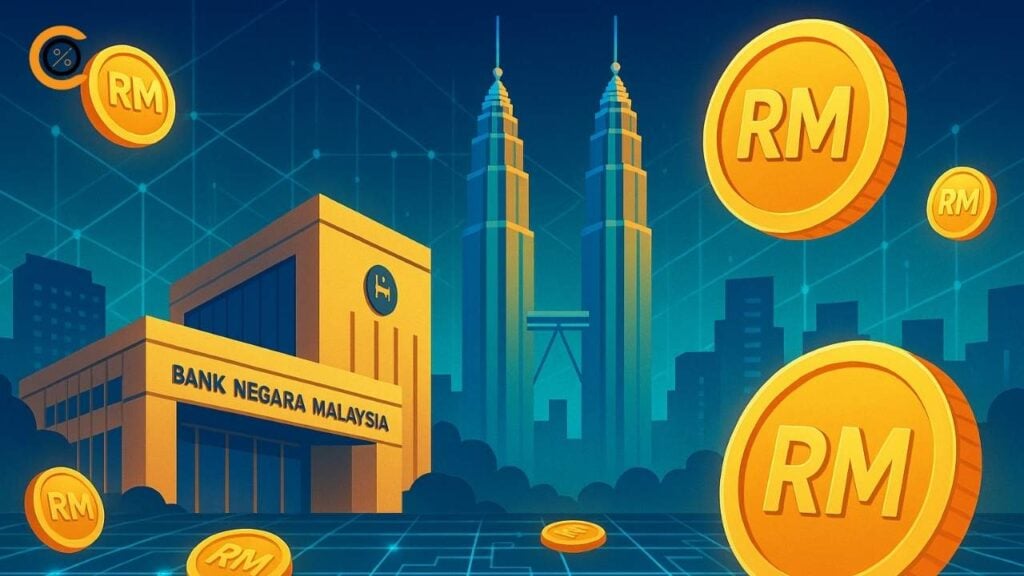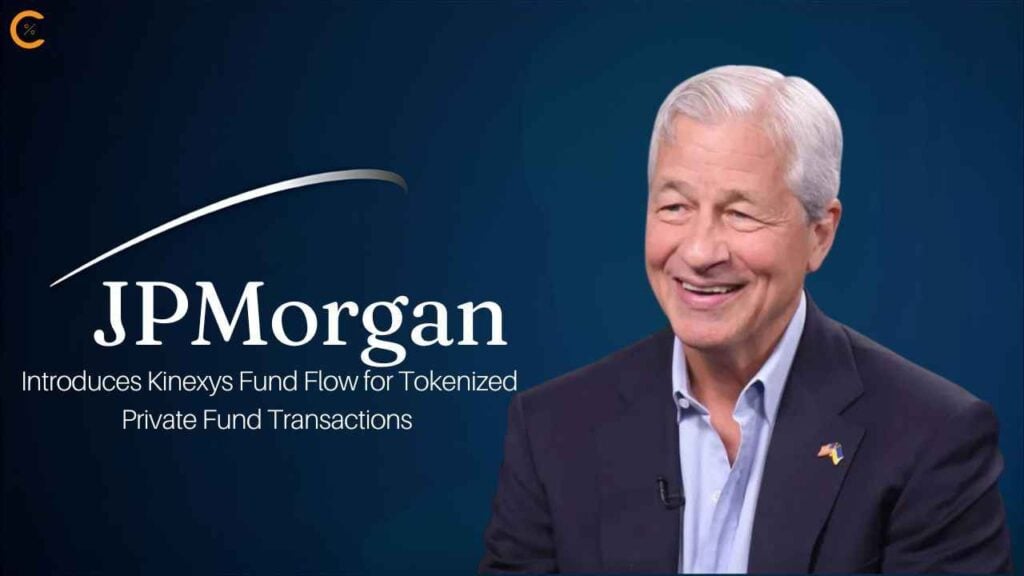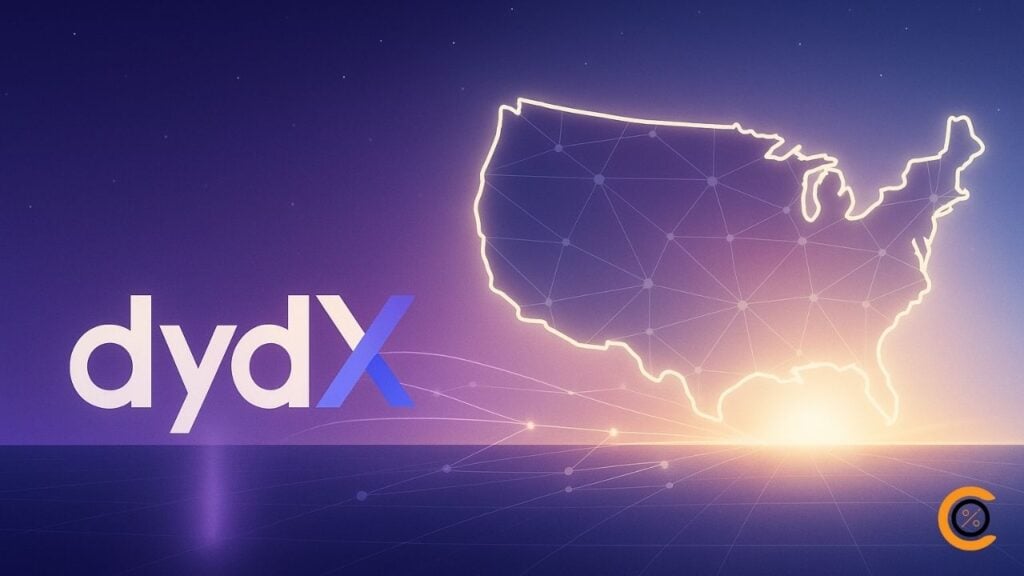- •BNM introduced a three-year asset tokenization roadmap Malaysia to modernize the nation’s financial infrastructure.
- •The initiative targets real-world use cases including SME financing, Islamic finance, and green projects.
- •Industry feedback will shape future regulations before live pilot programs begin under BNM’s Digital Asset Innovation Hub.
Bank Negara Malaysia (BNM) has taken a major step toward digital transformation with the release of its asset tokenization roadmap Malaysia. The initiative aims to test real-world use cases that could reshape how financial products and services operate in the country. Rather than diving into cryptocurrencies, the central bank is exploring tokenization as a way to modernize financial infrastructure and promote inclusion, efficiency, and sustainability across Malaysia’s economy.
BNM’s discussion paper, published on October 30, 2025, opens a structured dialogue with financial institutions, regulators, and innovators to co-develop a secure, well-regulated framework for tokenized assets. Feedback on the paper will guide the bank’s regulatory and developmental approach in the coming years.
A Three-Year Plan to Pilot Tokenized Finance
Under the roadmap, BNM plans to roll out proof-of-concept (POC) projects and live pilots over the next three years through its Digital Asset Innovation Hub (DAIH). This platform, launched earlier in 2025, will serve as the main testing ground for tokenization experiments across various sectors.
The early focus will be on use cases that demonstrate tangible economic value. These include supply chain financing to improve small and medium enterprise (SME) access to credit, Islamic finance applications that automate Shariah-compliant transactions, and tokenized liquidity management to accelerate settlement times. Green finance and 24/7 cross-border payments are also part of the roadmap, reflecting BNM’s interest in supporting sustainable and globally connected financial services.
Malaysia’s approach mirrors similar initiatives by regional regulators such as Singapore’s Monetary Authority (MAS) and Hong Kong’s Monetary Authority (HKMA), both of which have already begun testing asset tokenization frameworks. However, BNM’s roadmap has a distinctly national focus, aligning with local economic priorities and Malaysia’s dual financial system that includes both conventional and Islamic finance.
Collaboration and Regulatory Clarity at the Core
BNM’s discussion paper emphasizes collaboration as a guiding principle. The establishment of an Asset Tokenization Industry Working Group (IWG) marks a coordinated effort between the central bank, the Securities Commission (SC), and industry players. This group will identify regulatory challenges, share knowledge, and set standards for the gradual rollout of tokenized services.
An important aspect of this initiative is the focus on maintaining the “singleness of money”, ensuring that tokenized deposits and potential MYR-denominated stablecoins function as secure extensions of Malaysia’s existing financial system, not as parallel currencies. The roadmap also explores the integration of wholesale central bank digital currency (CBDC) models to enhance settlement efficiency across tokenized platforms.
BNM has opened the discussion period for industry feedback until March 1, 2026. Financial institutions, fintech firms, and other stakeholders are encouraged to provide written responses supported by evidence, data, or examples to help refine the regulatory framework.
Also read: MEXC Apologizes to White Whale, Ends $3M Dispute
Building a Foundation for Malaysia’s Tokenized Future
The asset tokenization roadmap Malaysia represents more than a technical experiment. It signals a shift toward a digitally resilient financial ecosystem. By combining regulatory oversight, Islamic finance innovation, and industry collaboration, Malaysia is setting the foundation for a safer transition into tokenized finance.
As the consultation phase continues, much will depend on how industry participants respond to BNM’s call for input and how future pilots perform in real-world settings. While the framework is still under development, the roadmap underscores a clear direction: Malaysia is preparing its financial system for a future where digital assets, programmable payments, and tokenized instruments work seamlessly within the nation’s economic infrastructure.






